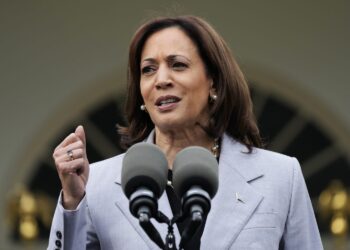Carbon credits reward a company for its greenhouse gas emissions. Carbon credits Singapore is now in full swing, plus a new blueprint now offers a route to develop a universally comparable standard for the amount of carbon they save. The plan will boost funding to countries where many projects are located.
By paying someone else to capture their carbon or reduce their emissions, companies will compensate for their environmental footprint and use carbon credits to get to carbon-neutral status.
Carbon credits and how they work
In a nutshell, if one party can’t stop CO2 emissions, it can ask another to emit less so that the total amount of carbon in the atmosphere is reduced.
The three basic types of carbon credits:
- Reduced emissions (energy efficiency measures)
- Removed emissions (carbon capture and planting forests)
- Avoided emissions (refraining from destroying rainforests)
Companies can meet their climate targets by purchasing credits for their current emissions. Other organizations need to cut the bulk of their emissions and use credits to compensate those who can’t avoid them.
Building transparency
Before, there has no standard way to trade carbon credits and verify compensating activity. The process has been fraught with scandals, with some countries being accused of increased emissions just to get paid for cutting them.
These and other allegations caused the Financial Times to declare that “carbon offsetting is shaping up to be the greatest mis-selling scandal since the Dominican friar Johann Tetzel sold pardons to redeem the dead.”
To be eligible to be traded, carbon credits need to be based on projects that have been validated independently and monitored throughout the lifecycle. Data must be securely stored to avoid tampering, and the proposal is to use blockchain technology for an unalterable record.
Carbon credits in action
The Katingan Project in Indonesia is a good example. In 2007, two environmental entrepreneurs started persuading local farmers to refrain from cutting down the virgin forest in return for selling carbon credits from their land. Today, it’s considered the world’s largest forest-based avoided-emissions project. The project claimed that it prevented the release of more than 37 million tonnes of CO2 while saving more than 200,000 hectares of forest, home to critically endangered species.
Want your business to be part of the change?
Global efforts to meet sustainability goals have driven demand for solutions to help businesses effectively reduce their carbon emissions. Today’s low-carbon technologies are estimated to reduce only two-thirds of the emissions necessary to keep global warming under 1.5 degrees Celsius, as specified in the 2015 Paris Climate Agreement.
Climate Impact X, or CIX, is being considered by carbon credits Singapore businesses that want to be early adopters. CIX is envisioned to be a world-class carbon exchange and global marketplace to offer corporates quality carbon credits and solutions to confront climate change. CIX will aid in meeting the global demand for high-quality carbon credits, which is projected to rise at least fifteenfold by 2030 to 1.5 to 2 GtCO2 annually2.
CIX will be the world’s first carbon exchange and marketplace to utilize satellite monitoring, machine learning, and blockchain to boost the transparency, integrity, and quality of carbon credits.












